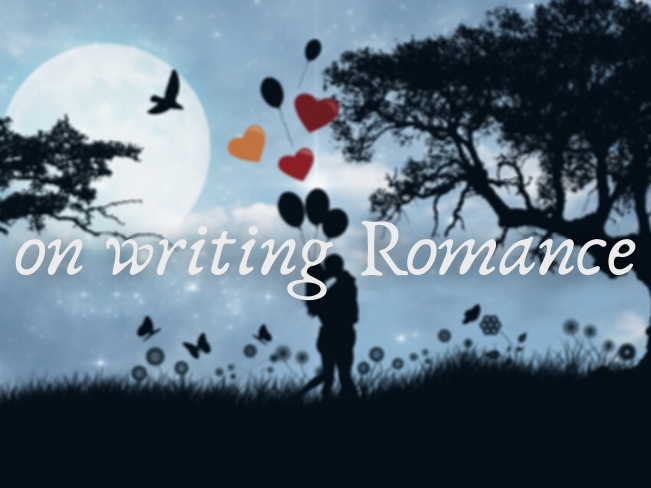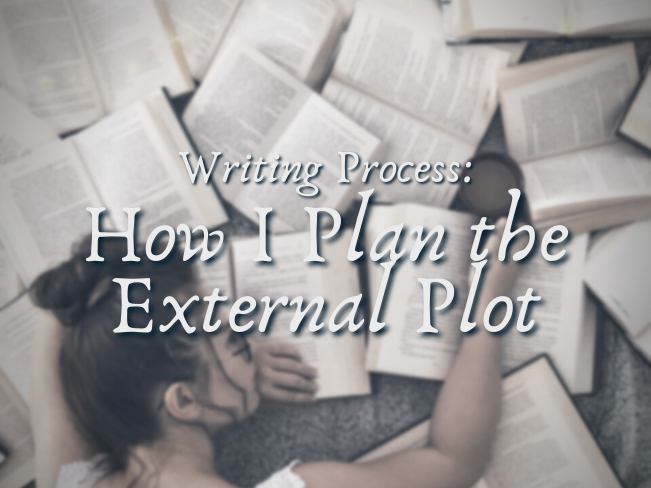If developmental or structural editing focuses on what your story is about, line editing focuses on how your story is told. The what and the how are inseparable elements; line level skills like effective dialogue, rhythmic writing, psychic distance and manipulation of POV, quick transitions, snappy action, etc. can have impacts far beyond the line level.
Effective (or ineffective!) prose will have a dramatic impact on characterization, the development of story arcs, pacing, foreshadowing, reader attachment, worldbuilding, and the connectivity between scenes—to name a few!
What makes prose effective? Hooboy, I could write posts and posts on prose and merely scratch the surface. But if I were to name one of the biggest make-or-break skills I see new writers struggling with, it’d be narrative balance.
As an editor, one of the easiest ways to tell whether a writer is a beginner, intermediate, or advanced is through how well they vary and balance different narrative techniques in their prose. In modern fiction, there are four skills or ‘styles’ to conquer on the quest to write more compelling and immersive narratives: action, description, dialogue, and interiority.
In this post, we’ll do a deep dive into these four different styles, get a tip for a writing exercise geared towards improving narrative variation, and, at the end, we’ll do a case study that applies this writing exercise to four different SFF novels: Black Sun by Rebecca Roanhorse, A Strange and Stubborn Endurance by Foz Meadows, Frostbitten by Dietrich Stogner, and Bioluminescence by Toni Duarte.

In fiction, there are four major narrative building blocks:
- Action (sometimes called stage direction, ie: she picked up the cup)
- Description (ie: it was a beautiful summer’s day)
- Dialogue (self-explanatory, I hope)
- Interiority (verbatim or summarized thought)
Strong writers have a facility with blending all four of these elements to create a balanced, compelling story. Well-braided prose reads easily and provides both enough external motion to be interesting and enough interiority to deliver context and give the story meaning.
“But Cee, there are dialogue-only stories that work beautifully!”
There sure are! But you can rest assured that writers with the chops to create a phenomenal, dialogue-only story first learned how to balance and braid prose, then took on the challenge of warping that braid. Or, to use a favorite metaphor of mine: even Jackson Pollock took figure drawing. Writers of experimental prose still have the ability to braid their narrative elements, but they’re choosing not to for stylistic reasons.
I’ve used the term ‘braid’ a few times, now, which is how I think of prose: a bit like a braided cord, or a tapestry, or perhaps a spider web. Eliminate a strand (or use too little of it, or pick it apart) and you won’t have a functioning braid!
Brand new writers tend to either forget one of these elements or choose a balance that’s so skewed, one of the elements might as well not be there. They’ll write so much action the story feels like stage direction / alt text on a video, or so much interiority that the protagonist live in their head and the story never advances. There will be so much dialogue that the whole story feels like back-and-forth, or so little that the reader gets told important conversations happen, but never gets to see them.
So little description that the characters might as well be in a white room, or so much that the prose becomes overwrought (ie: purple).
As writers level up, they’ll get better at keeping a hold on all four cords, and tend to balance them more and more evenly throughout the manuscript. However, that initial balance often happens in chunks: a paragraph of action, then a paragraph of description, then a half-page of dialogue, then a paragraph of interiority . . . rinse, repeat. Although chunking can certainly work where appropriate and stylistically necessary, if the prose doesn’t get braided at the sentence or paragraph level, it will eventually begin to feel disjoined and difficult to read.
Practiced writers will move seamlessly between these four narrative elements within a paragraph—sometimes even clause-to-clause in a single sentence! This braiding technique will pull the reader into the story, immerse them in the prose, and make reading feel effortless.
(And for those of us writing genre fiction, effortless is the name of the game!)
In order to determine whether or not you’re effectively braiding your prose, check out one of my favorite exercises:
The Highlighter Exercise
Either on the computer or in a printed copy, pick a scene and four highlighters. The individual colors don’t matter, but for the purposes of this exercise, I’ve chosen:
- Yellow for action
- Blue for description
- Pink/purple for dialogue
- Green for interiority
Highlight your scenes using these colors. Some writers like highlighting at the sentence level, but I typically go clause-by-clause to get as specific as possible. If I’m on the fence about a phrase, I try to look at what function it serves within the passage and go with my gut.
One you’re finished, you’ll have a clear visual of whether, where, and how you’ve braided narrative styles. Zoom out and look at the colors on the screen (or page):
Are the colors braided? Do you have any blocks of one particular narration style? Are any missing? What kind of narration do you tend to lean on? What impact do you think it’s having on the scene you’re working with? Remember, it’s normal for action to dominate an action scene, or for dialogue to disappear from a scene where the POV character is alone. But if a particular trend persists for pages upon pages, it could be a sign that something isn’t quite right.
My favorite thing about the highlighter exercise is how it takes the guesswork out of assessing my writing. Instead of working off of ‘feel’ or ‘vibes,’ I have a clear picture of my narration style, and can determine whether the balance I’ve chosen suits the story I’m trying to tell.
Of course, not every author’s ‘braid’—nor even every scene written by the same author—will look the same. For the second half of this post, we’ll be doing a deeper dive on the four different narrative styles and taking a look at examples of highlighted, braided passages from four different SFF authors.
Read the rest on Patreon:
at my monthly deep-dive?

Become a patron at the AuthorShip+ tiers for craft of writing blogs, Patreon-exclusive videos, Q&A with Cee, discord access, and a (growing) writing community!
 “Why is this romance eating my brain?”
“Why is this romance eating my brain?” Why Your Opener Isn’t Working
Why Your Opener Isn’t Working Planning the External Plot
Planning the External Plot
Leave a Reply